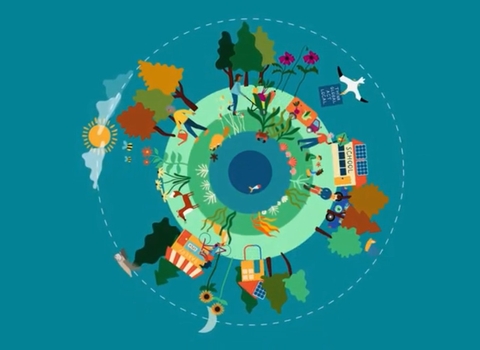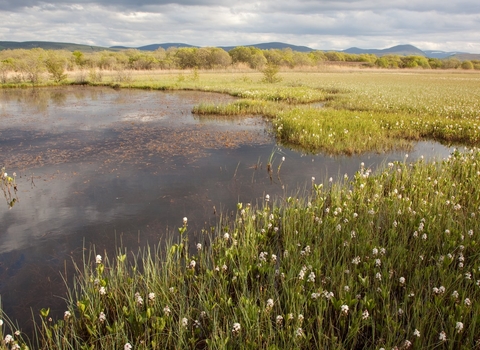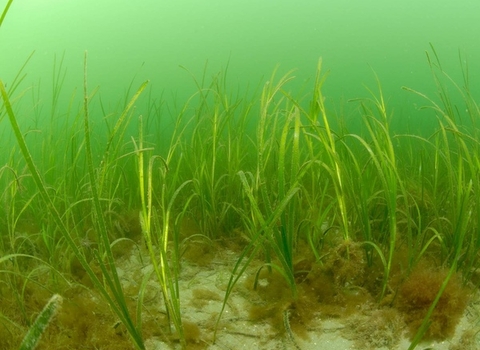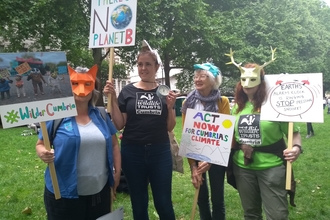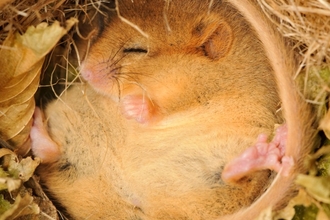COP26 could be the last chance we have to avoid climate catastrophe.
What is COP26?
COP stands for 'Conference of the Parties' - it’s a global climate change conference led by the United Nations and attended by almost every country in the world. World leaders come together to discuss the climate emergency and set out their commitments for how we will combat rising global temperatures.
This is the 26th annual summit, hence COP26. The UK is the President of COP26, with the event taking place in Glasgow (chosen partly for the city’s commitment to sustainability). It’s taking place from 31st October - 12th November 2021.
Why is it important?
Whilst a summit takes place every year, COP26 is especially important, as it’s the first year that countries are expected to announce enhanced ambitions to combat the climate emergency since COP21 in Paris in 2015.
At COP21, for the first time ever, every country agreed to work together to limit global warming to 1.5 degrees, known as the Paris Agreement. They agreed to review their commitments every five years, bringing us to COP26.
The window for us to take action to limit warming is closing rapidly, and the next ten years will be absolutely crucial. In order to avoid widespread climate catastrophe, we need to see more ambitious targets and action than ever before.
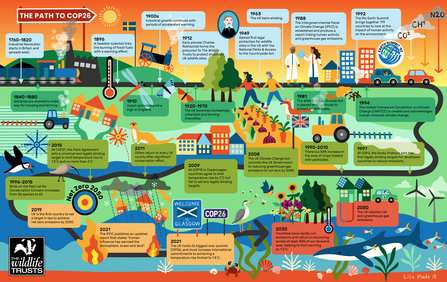
What do we want to see?
COP26 is our chance to tackle the climate and nature crises together.
Climate change is already contributing to nature's decline, whilst the loss of wildlife and habitats leaves us ill-equipped to reduce emissions and adapt to change.
But nature-based solutions could play a huge part in helping us to achieve our ambitions. By restoring natural habitats like peatlands and seagrass, we can:
- actively store carbon
- create more resilient landscapes (reducing flooding, fires and more)
- help wildlife to thrive
- support the mental and physical health of our population
We want to see the UK leading the way with ambitious targets to restore nature and investment in nature-based solutions.
What can Yorkshire do to support these ambitions?
Yorkshire is home to some incredible natural landscapes, from our peatlands in the moors and dales to amazing underwater seagrass meadows just off the Yorkshire Coast.
By protecting and restoring Yorkshire’s wild places, as well as making space for nature across our towns, cities and villages, we can make a wilder Yorkshire for everyone and help the UK achieve its climate goals.
Read more below about how our peatlands and seagrass work is helping to combat the climate emergency.

